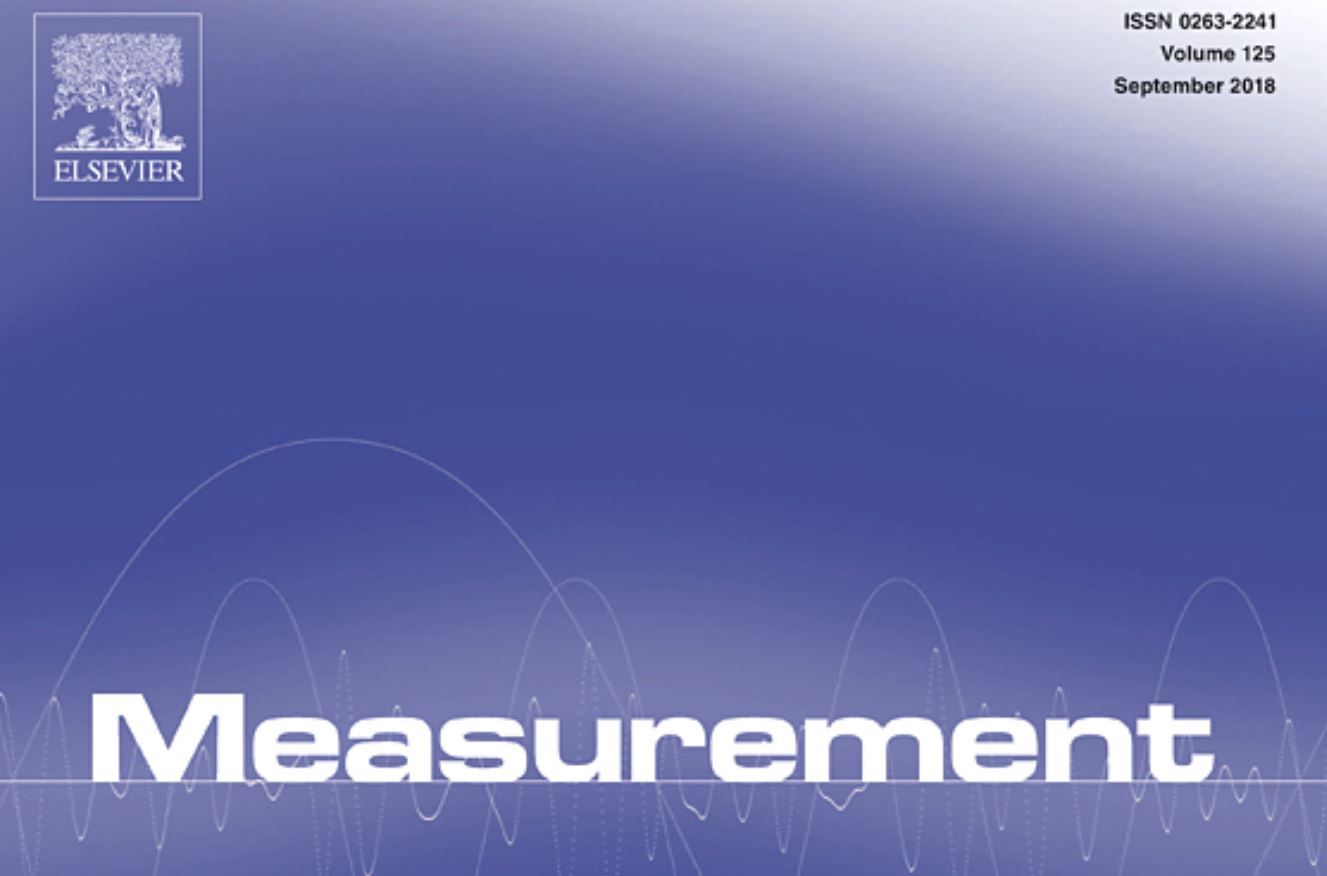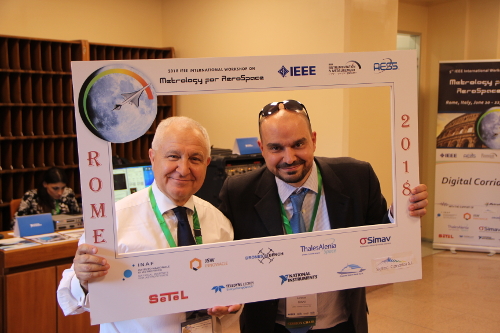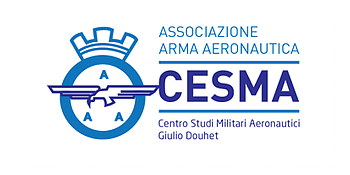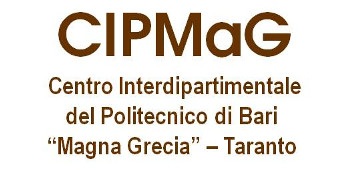Plenary Speaker: Ephraim Suhir
Probabilistic Design for Reliability of Instrumentation for Aerospace Applications

Ephraim Suhir
Portland State University, Portland, OR, USA
SPEAKER BIO
Ephraim Suhir is Foreign Full Member (Academician) of the National Academy of Engineering, Ukraine (he was born in that country); Life Fellow of the Institute of Electrical and Electronics Engineers (IEEE); the American Society of Mechanical Engineers (ASME), the Society of Optical Engineers (SPIE) and the International Microelectronics and Packaging Society (IMAPS); Fellow of the American Physical Society (APS), the Institute of Physics (IoP), UK, and the Society of Plastics Engineers (SPE); and Associate Fellow of the American Institute of Aeronautics and Astronautics (AIAA). Ephraim has authored about 400+ publications (patents, technical papers, book chapters, books), presented numerous keynote and invited talks worldwide, and received many professional awards, including the 1996 Bell Labs Distinguished Member of Technical Staff Award and the 2004 ASME Worcester Read Warner Medal for outstanding contributions to the permanent literature of engineering. He is the third Russian American, after Stephen Timoshenko and Igor Sikorsky, who received this prestigious award.
ABSTRACT
The recently suggested probabilistic design for reliability (PDfR) concept [1,2] in aerospace electronics and photonics instrumentation (EPI) is based on 1) highly focused and highly cost-effective failure oriented accelerated testing (FOAT) [3], aimed at understanding the physics of the anticipated failures and at quantifying, on the probabilistic basis, the outcome of the FOAT conducted for the most vulnerable element(s) of the instrumentation of interest for its most likely applications and the most meaningful combination of the expected possible stressors (stimuli); 2) simple and physically meaningful predictive modeling (PM), both analytical and computer-aided, aimed at bridging the gap between the FOAT data and the most likely operation conditions; and 3) subsequent FOAT-and-PM-based sensitivity analyses (SA) using the methodologies and algorithms developed as by-products at the two previous PDfR steps. The concept proceeds from the recognition that nothing is perfect and that the difference between a highly reliable and an insufficiently reliable product is “merely” in the level of its never-zero probability of failure. If this probability, evaluated for the anticipated loading conditions and the given time in operation, is not acceptable, then the SA can be effectively employed to determine what could possibly be changed to improve the situation. The PDfR analysis enables one also to check if the ERI product of interest is not over-engineered, i.e., is not superfluously robust. If it is, it is likely that it might be too costly. The EPI operational reliability cannot be low, but does not have to be higher than necessary either, it has to be made adequate for the given product and application. When reliability and cost-effectiveness are imperative, and this is always the case in aerospace engineering, ability to optimize reliability is a must. No optimization is possible, of course, if reliability is not quantified. It is shown that the optimization of the total cost associated with creating an EPI product with an adequate (high enough) reliability and acceptable (low enough) cost can be interpreted in terms of the adequate availability ofv the product. It is shown also how the powerful and flexible Boltzmann-Arrhenius-Zhurkov (BAZ) [4-6] model and particularly its multi-parametric version could be employed to predict, quantify and assure the adequate operational reliability of the EPI product of interest. The model can be effectively used to analyze and design an EPI product with the predicted, quantified, assured, and, if appropriate and cost-effective, even specified and maintained probability of the adequate operational failure. The major concepts are illustrated by practical examples carried out for some typical aerospace EPI. It is concluded that the suggested concepts and the developed methodologies can be employed as trustworthy, physically meaningful and cost-effective means for the evaluation of the operational reliability of EPI devices and products, and that the next generation of qualification test specifications for such products could be conducted as a “quasi-FOAT” that adequately replicates the initial, non-destructive, segment of the previously performed comprehensive full-scale FOAT.
References:
1.Suhir, E. (2010).Probabilistic Design for Reliability, Chip Scale Reviews, vol.14, No.6, 2010
2.Suhir, E. (2017). Probabilistic Design for Reliability of Electronic Materials, Assemblies, Packages and Systems: Attributes, Challenges, Pitfalls (Plenary Lecture),MMCTSE Conf., Cambridge, UK, Feb.24-26
3.Suhir, E.(2013). Failure-Oriented-Accelerated-Testing (FOAT) and Its Role in Making a Viable IC Package into a Reliable Product”, Circuits Assembly, July
4.Suhir, E. (2014).Three-Step Concept in Modeling Reliability: Boltzmann-Arrhenius-Zhurkov Physics-of-Failure-Based Equation Sandwiched Between Two Statistical Models, Microel. Reliab., Oct.
5.Zhurkov, S.N. (1965). Kinetic Concept of the Strength of Solids, Int. J. Fract. Mech., vol.1, No.4.
6.Suhir, E., and Bensoussan, A. (2014). Application of Multi-Parametric BAZ Model in Aerospace Optoelectronics, IEEE Aerospace Conf., Big Sky, Montana, March






























